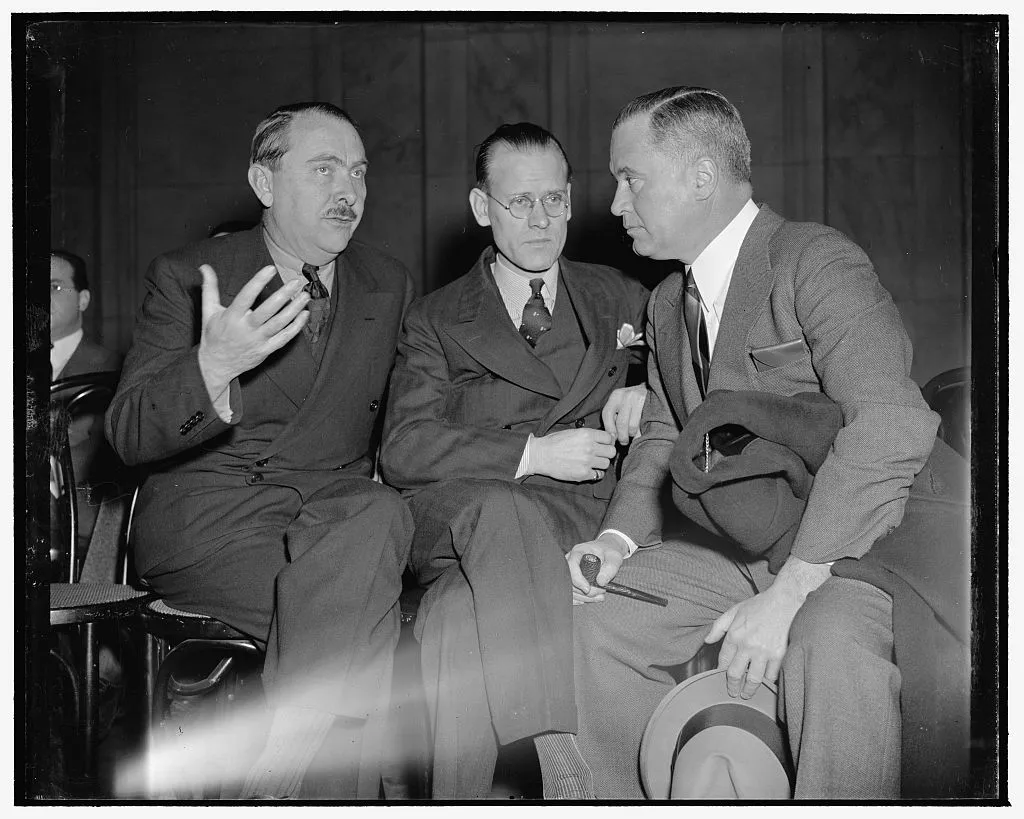The Farmboy Who Invented Television
The inventor of television’s career presages many of the good and bad things about Silicon Valley
:focal(297x96:298x97)/https://tf-cmsv2-smithsonianmag-media.s3.amazonaws.com/filer/5d/f8/5df80694-2c8c-4cb6-9c0f-b7e400373d2f/tv.jpg)
Philo Taylor Farnsworth was just 14 when he had the idea that would shape the rest of his life.
Farnsworth, had aspired to be an inventor since the age of six, writes Evan I. Schwartz for the MIT Technology Review. By the end of his life, he would hold more than 300 patents related to television and other matters. On August 26, 1930, he received a patent for the first totally electronic television system, about a decade after first having the idea that underlaid his invention.
Farnsworth wasn’t the first person to dream up television–but, importantly, he was the first person to find a way to make it work without a mechanical aspect. The biggest problem that inventors faced was how to transmit image data. Farnsworth’s central innovation was to imagine a way of doing it that relied on electronic technology alone, and so wasn’t slowed down by the abilities of a mechanical image-transmitting system like the ones used by earlier television developers. Schwartz, who went on to write a book about Farnsworth, explains how it happened:
According to surviving relatives, Farnsworth dreamed up his own idea for electronic-rather than mechanical-television while driving a horse-drawn harrow at the family’s new farm in Idaho. As he plowed a potato field in straight, parallel lines, he saw television in the furrows. He envisioned a system that would break an image into horizontal lines and reassemble those lines into a picture at the other end. Only electrons could capture, transmit and reproduce a clear moving figure. This eureka experience happened at the age of 14.
There were many things between this vision and Farnsworth’s television patent. He and his wife, Elma Gardner Farnsworth, moved from Utah to California to be closer to the motion-picture community and keep working on their innovation. In 1927, Philo and Elma watched as he made the first transmission: a horizontal line, transmitted to a receiver in the next room, wrote The New York Times in Elma Farnsworth’s 2006 obituary. Two years later, Farnsworth transmitted an image of Elma and her brother, making her the first woman on TV.

Brilliant, young and backed by “wildcat investors,” Schwartz writes, Farnsworth presaged the tech innovators of Silicon Valley. “On September 3, 1928, a photograph of him appeared in the San Francisco Chronicle alongside bold type hailing the ‘young genius’ who was ‘quietly working away in his San Francisco laboratory’ on his ‘revolutionary light machine,’” Schwartz wrote for Wired. “Just 22 years old, he had recently grown a mustache to mask his youth.”
The parallel to modern-day Silicon Valley extended to Farnsworth's ownership of his work. Explaining his invention to the Times in 1930, Farnsworth said it would work with existing broadcast technology, which was central to its appeal and also made TV commercially viable. But that also got the attention of RCA, which had a near-monopoly on radio broadcast technology and which sued him for patent infringement. Schwartz writes that the David and Goliath battle had similar parallels to the modern-day case between Microsoft and Netscape (although that story ends with a large settlement from Microsoft).
Also like the tech innovators of Silicon Valley, Farnsworth thought his invention had utopian prospects. “If we were able to see people in other countries and learn about our differences, why would there be any misunderstandings?” he asked. “War would be a thing of the past.”